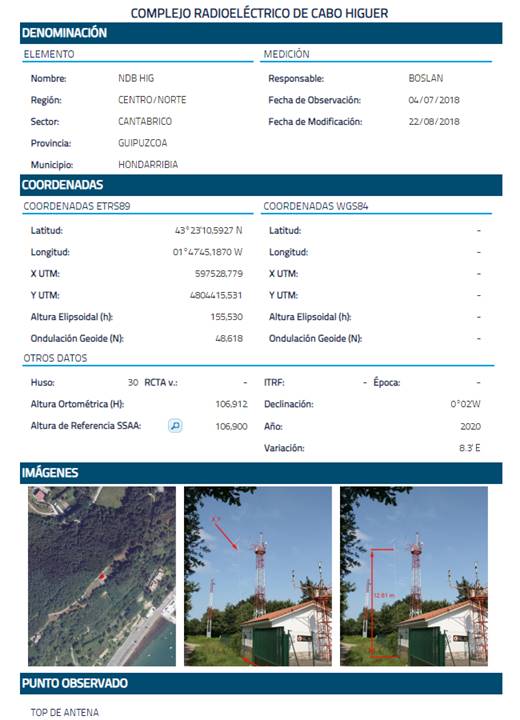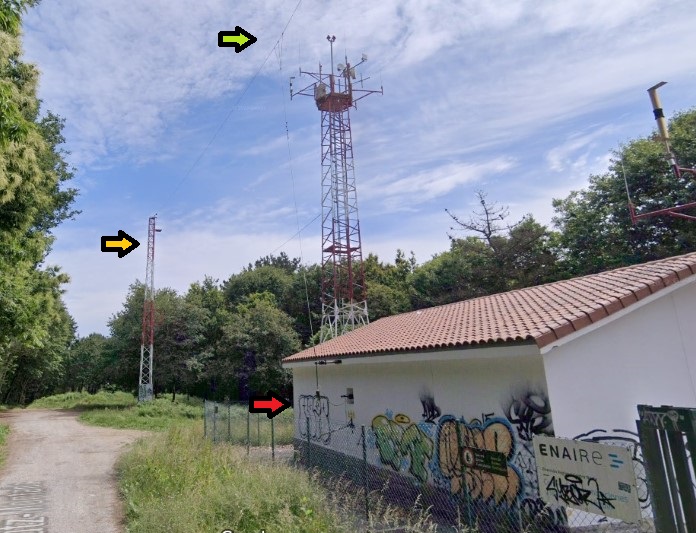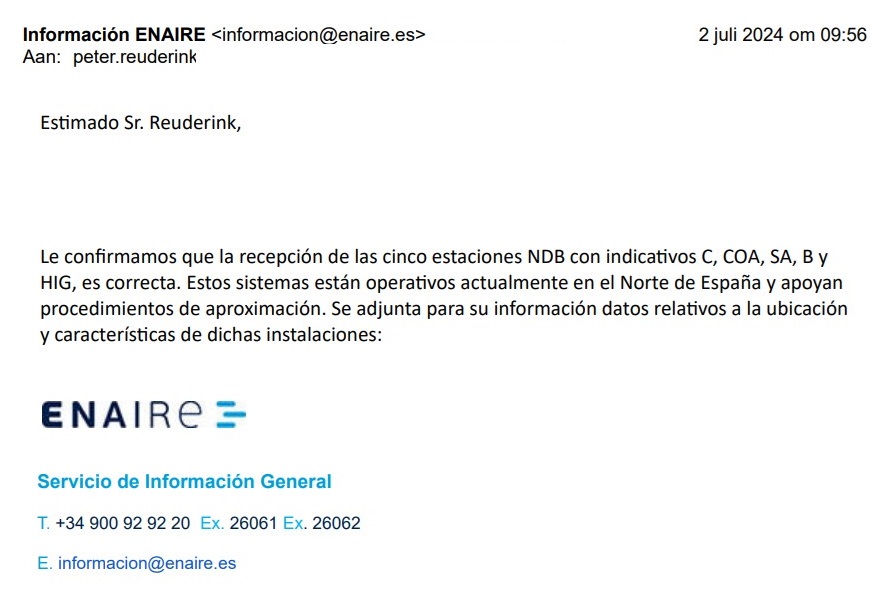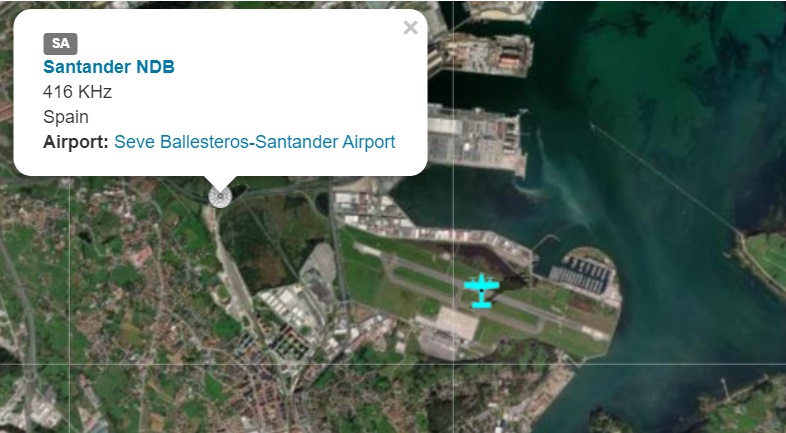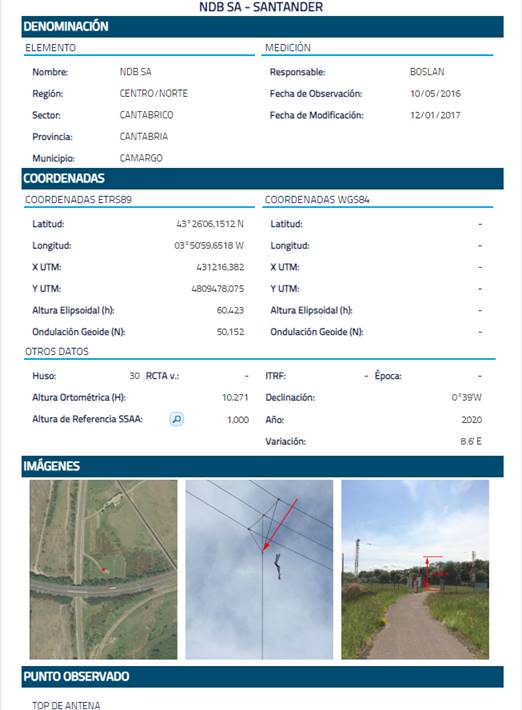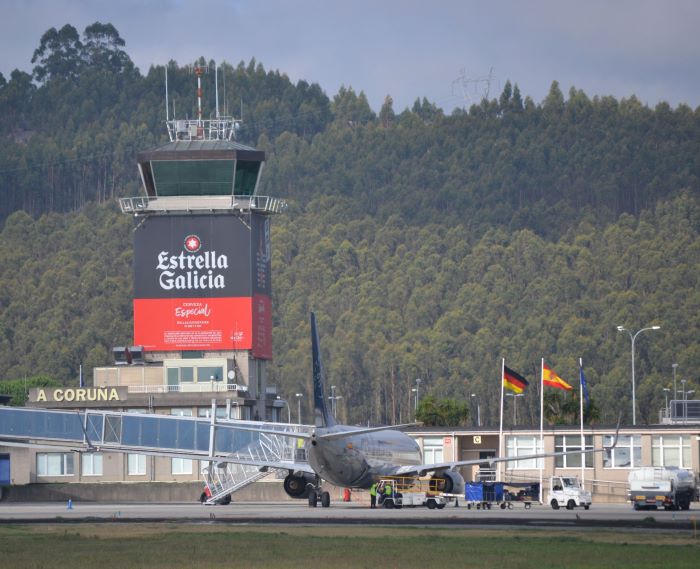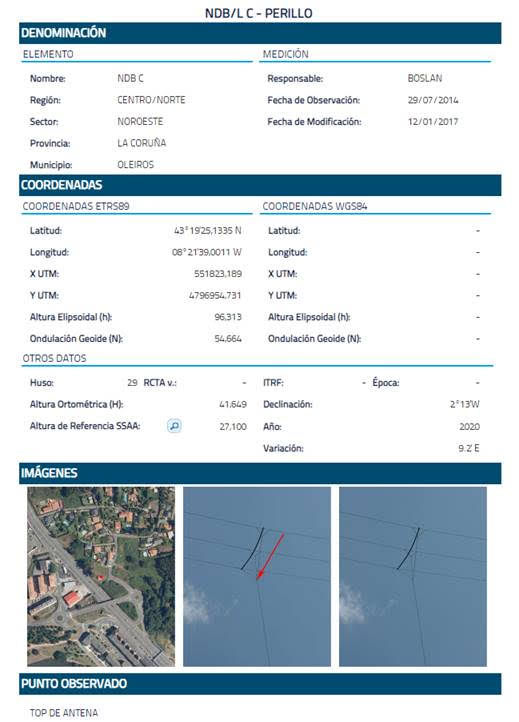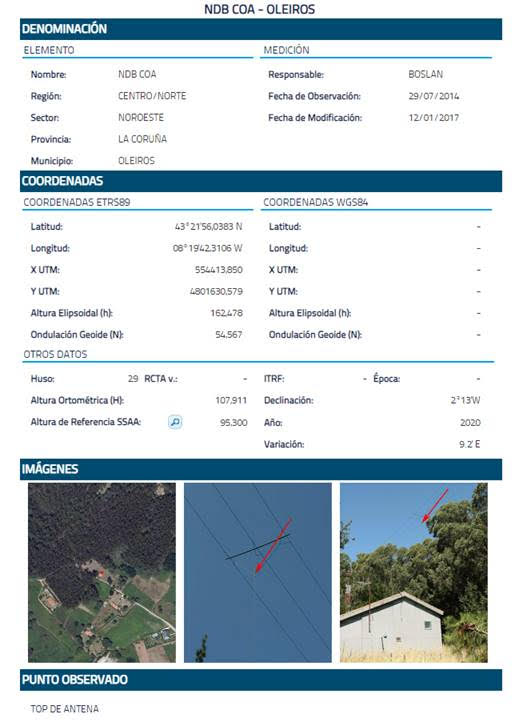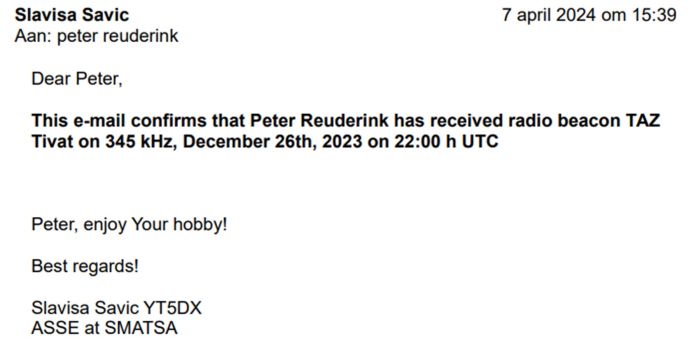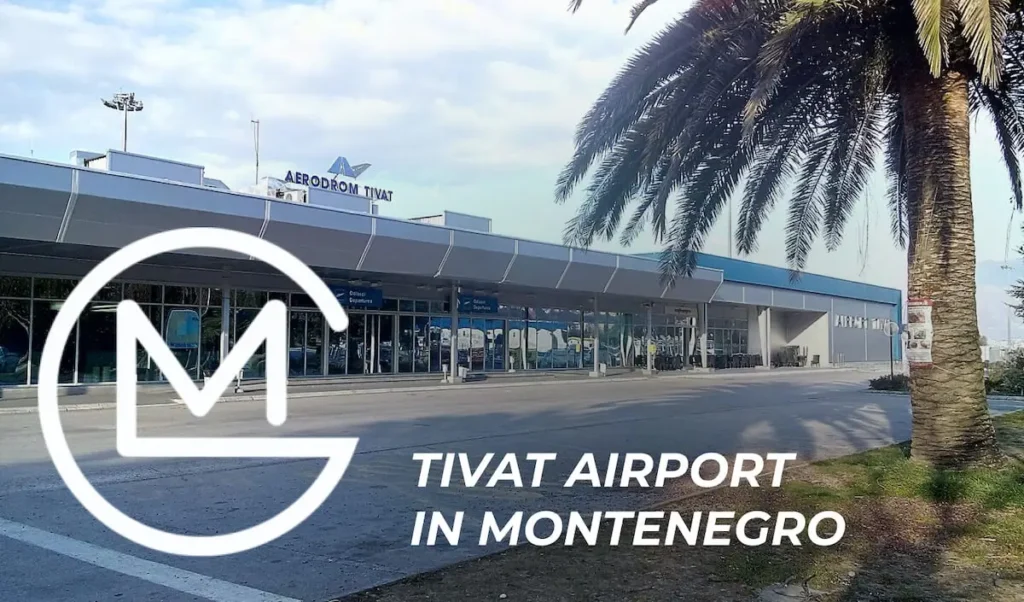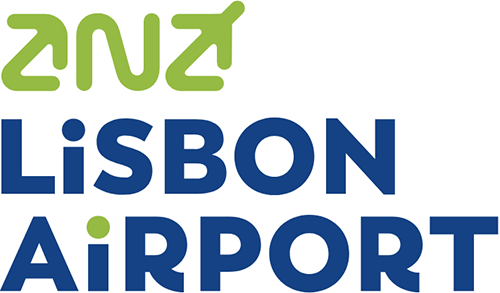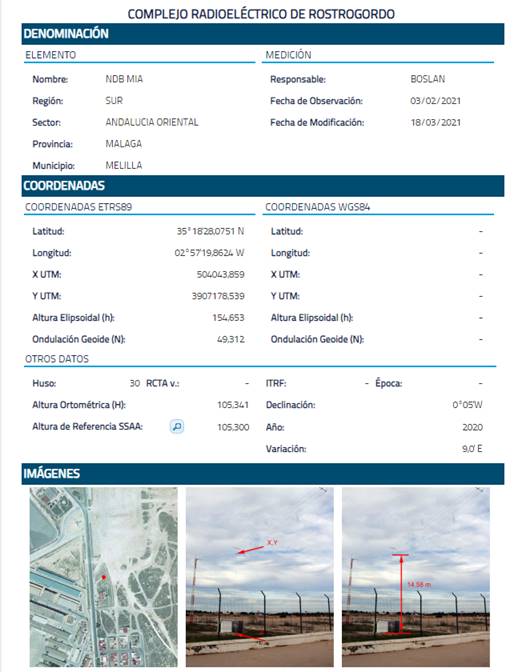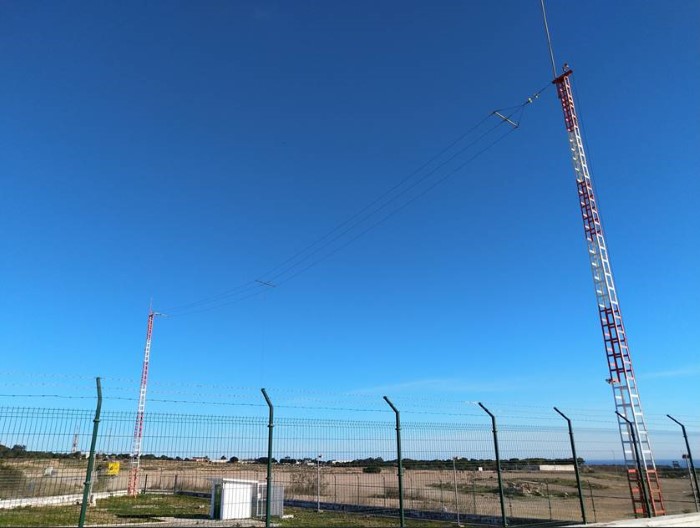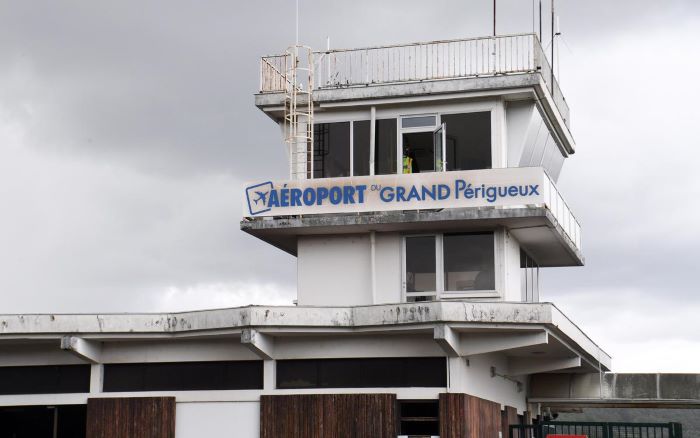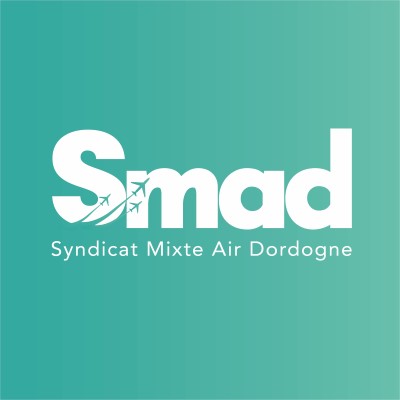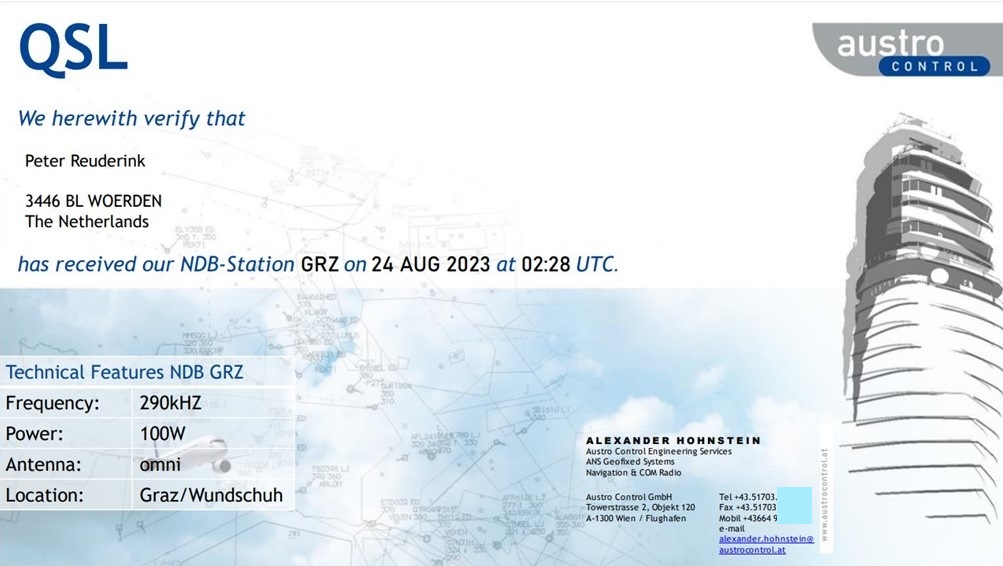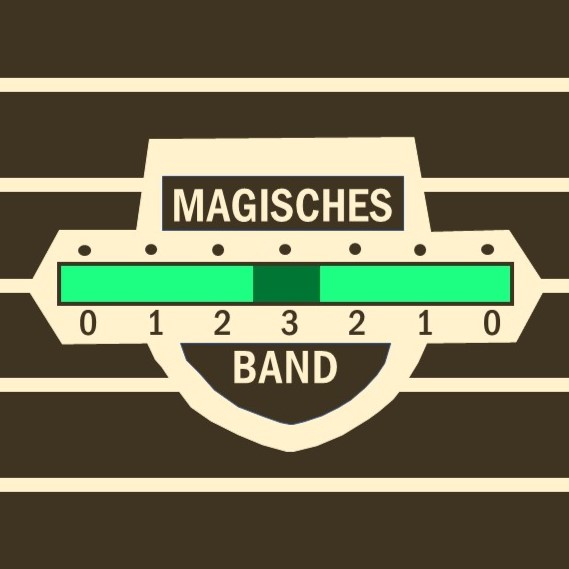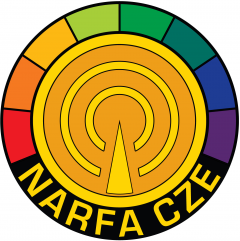
Between October and December 2023 I received 11 NDBs from the Czech Republic. I received a QSL for 4 of them via ANS , but the other 7 were the responsibility of the Czech military, for which I didn’t have an email address.
A big thanks to Patrick Robic who made me aware that NARFA CZE confirmed his reports in the past. I sent my report to narfa@army.cz . And indeed, 1st Lieutenant Lucie Mertová was so kind to QSL my reception of the following NDBs:
CF-345.5 and C-715 for Caslav Airbase
PK-432 and P-888 for Pardubice Airport (shared mil/civil)
K-438 for Praha-Kbely Airbase
LA-514.5 and XU-563 for Namest nad Oslavou Airbase.
NARFA is the National Frequency Agency of the Czech Republic. They are part of the Czech Army. A good overview of their activities can be found on the NARFA website.






